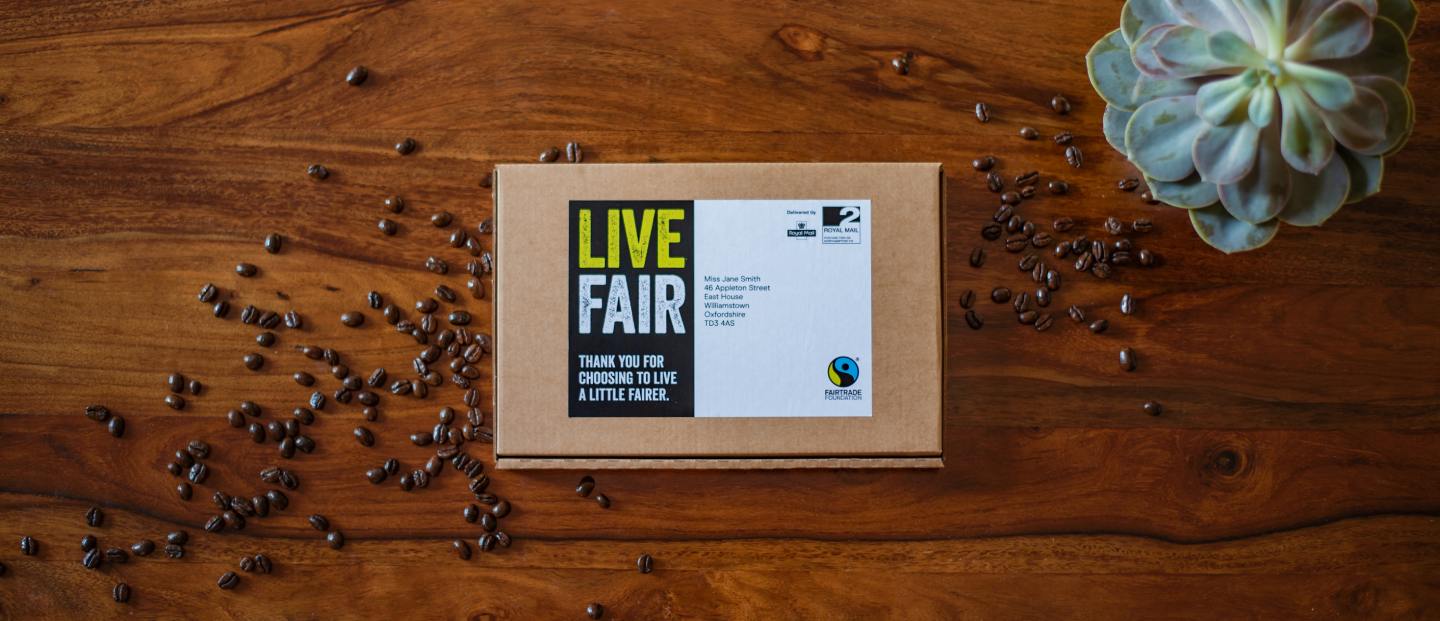Companies using the Mark with the arrow (as per below), which symbolises the Mass Balance model, must ensure they buy 100 per cent of the corresponding amounts of the relevant Fairtrade ingredients. Tracking Fairtrade commodities through various stages of processing can be extremely difficult, where in many cases, farming cooperatives sell to external processing factories who also deal with non-Fairtrade certified products. As a result, Fairtrade certified commodities are not kept separate and may mix with non-Fairtrade ingredients, so we cannot guarantee that the Fairtrade commodity in a specific product bearing the ”Mass Balance” mark is in fact Fairtrade certified.

The key point is that farmers and workers still receive the exact same benefits under the mass balance system. The amount sold as Fairtrade must match the amount purchased, so in the example you cited below, although that packet of tea may contain Fairtrade tea mixed with non-certified tea, the Fairtrade-certified tea farmers will still receive the full benefits of selling that amount of product on Fairtrade terms. In the case of Assam Tea, you can find more information about the current situation and our approach to Assam Tea on our website.
This short video explains further how the mass balance model works, how it links to traceability along the supply chain, and why it can be also used to increase the amount small-scale farmers can sell at a fairer price and therefore increase their income.
https://vimeo.com/207597765?embedded=true&source=vimeo_logo&owner=12482548
Your decision to choose a product bearing the Fairtrade Mark helps to convince companies to invest in buying Fairtrade ingredients on Fairtrade terms which is only going to maintain and improve the impact felt by farmers.
